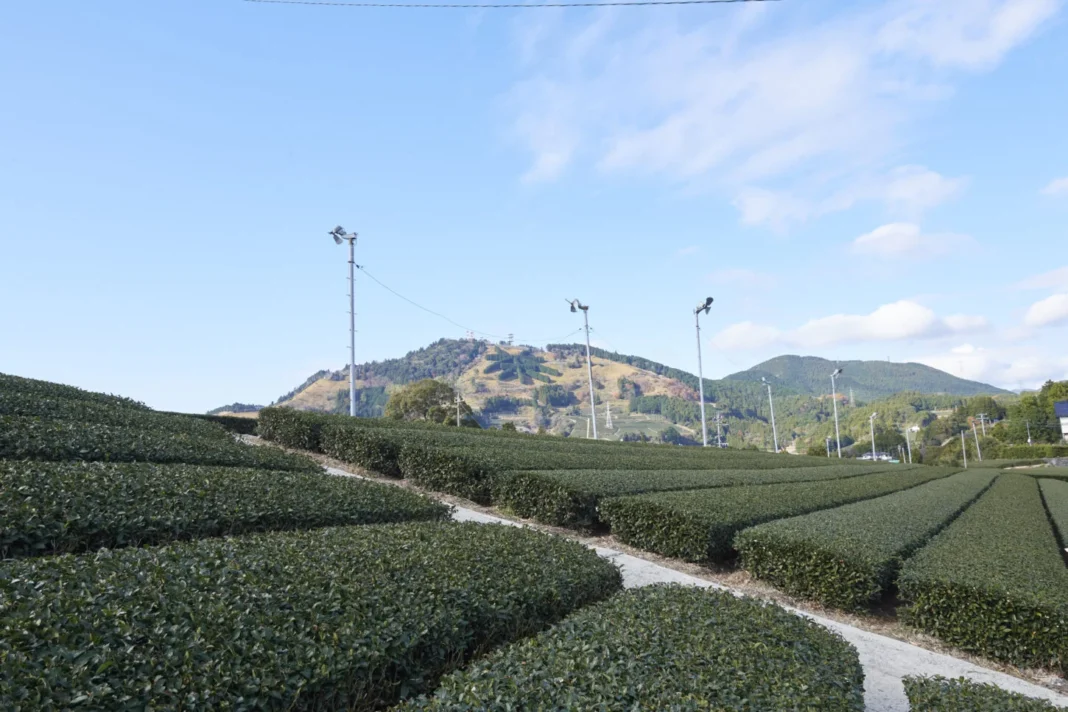The Awaga Dake rises over Kakegawa, a major production area of deep steamed tea. The tea grass farm, which is indispensable for the World Agricultural Heritage “Shizuoka Tea Grass Farm Farming Method” managed in this area, is protected between locals and visitors along with the beautiful environment of Awaga Dake.
In spring, cherry blossoms are in full bloom and the buds are in full bloom, and in winter, the famous “Kaposhi” (bundled to dry the tea grass applied to the tea plantation) can be seen.
Relax and enjoy the time that passes leisurely in the mountain village around Awagatake, looking up at the “tea characters” as they change from season to season.
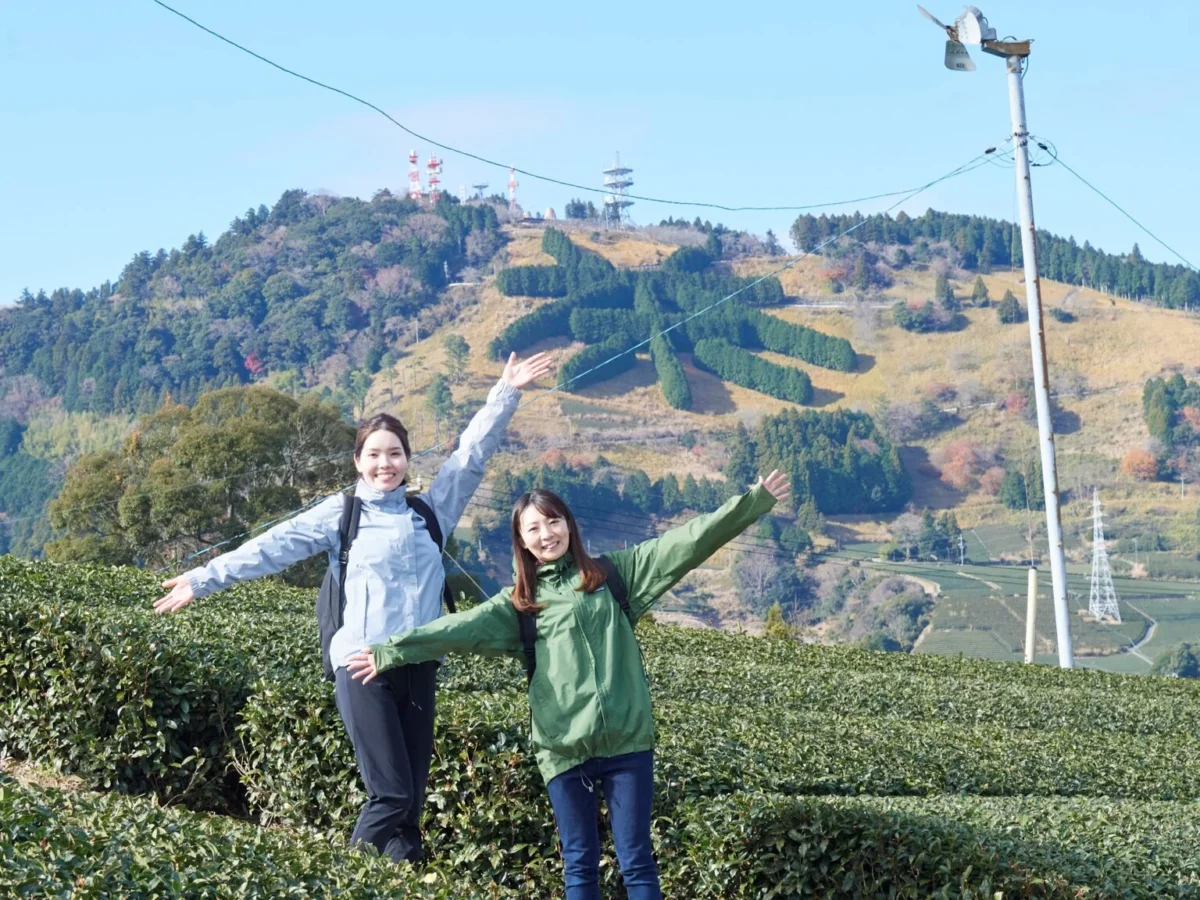
Two girls who like to travel in search of a unique experience on the road.
“Every time I drink deep steamed tea, I remember Kakegawa. Just like a switch of memory.”
Table of Contents
Logening and seasonal mountain village experience with family and friends
EXPERIENCING: Chanosato Adventure Experience Program
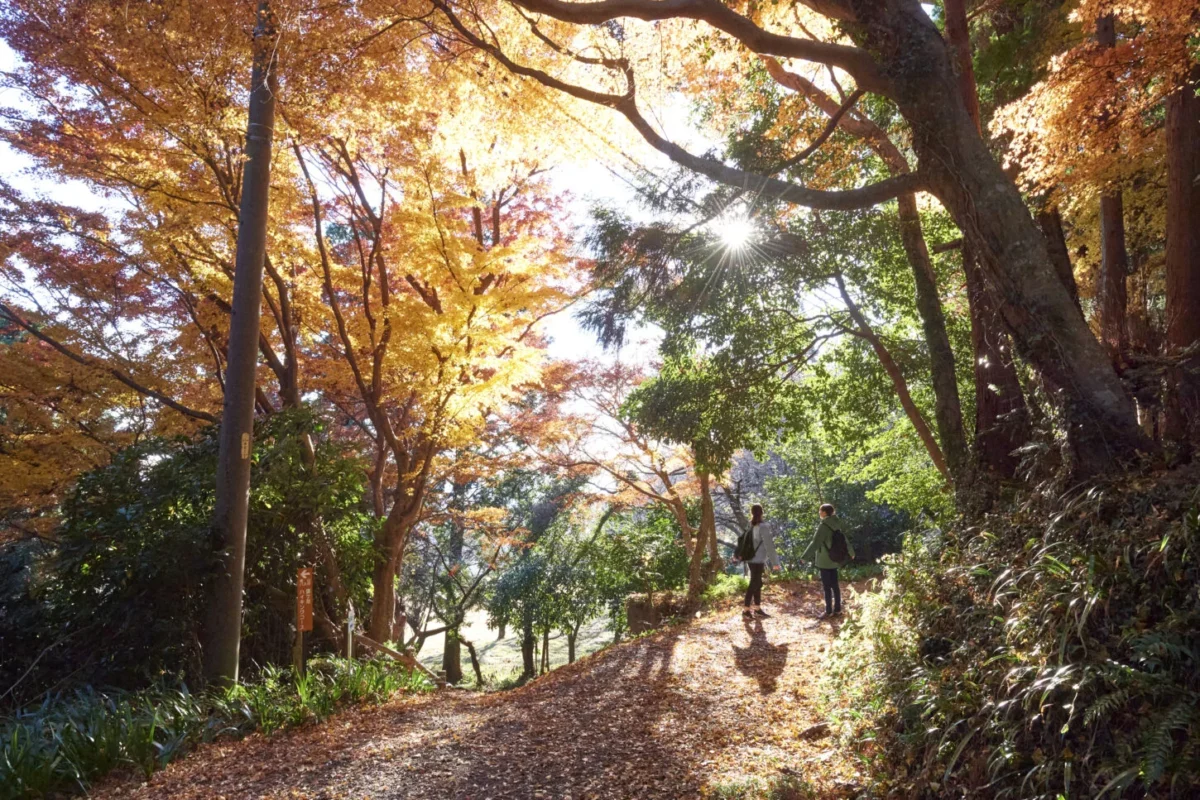
The Higashiyama tea plantations are located in Kakegawa City and are a haven for over 300 different species of grassland plants and diverse creatures. One popular program in the area is the “Chanosato Adventure,” which offers participants the chance to explore the tea plantations and interact with local residents who live in the mountain village. Visitors can choose to run around with a map or take their time and enjoy the hospitality of tea farmers. With over 30 checkpoints to explore, participants can experience the natural beauty of each season at their own pace.
For those interested in history, there is also a course that takes visitors through the historical sites of Hisaka Post Station Town, shrines and temples such as “Koto Hachimangu Shrine,” and a walking course on the Cha-kusaba road at the summit of Mt. Awagatake and the foot of the mountain. There is also a course that leads to “Kurama Onsen” and “Matsuba Falls” in the mountains for those seeking a more adventurous experience.

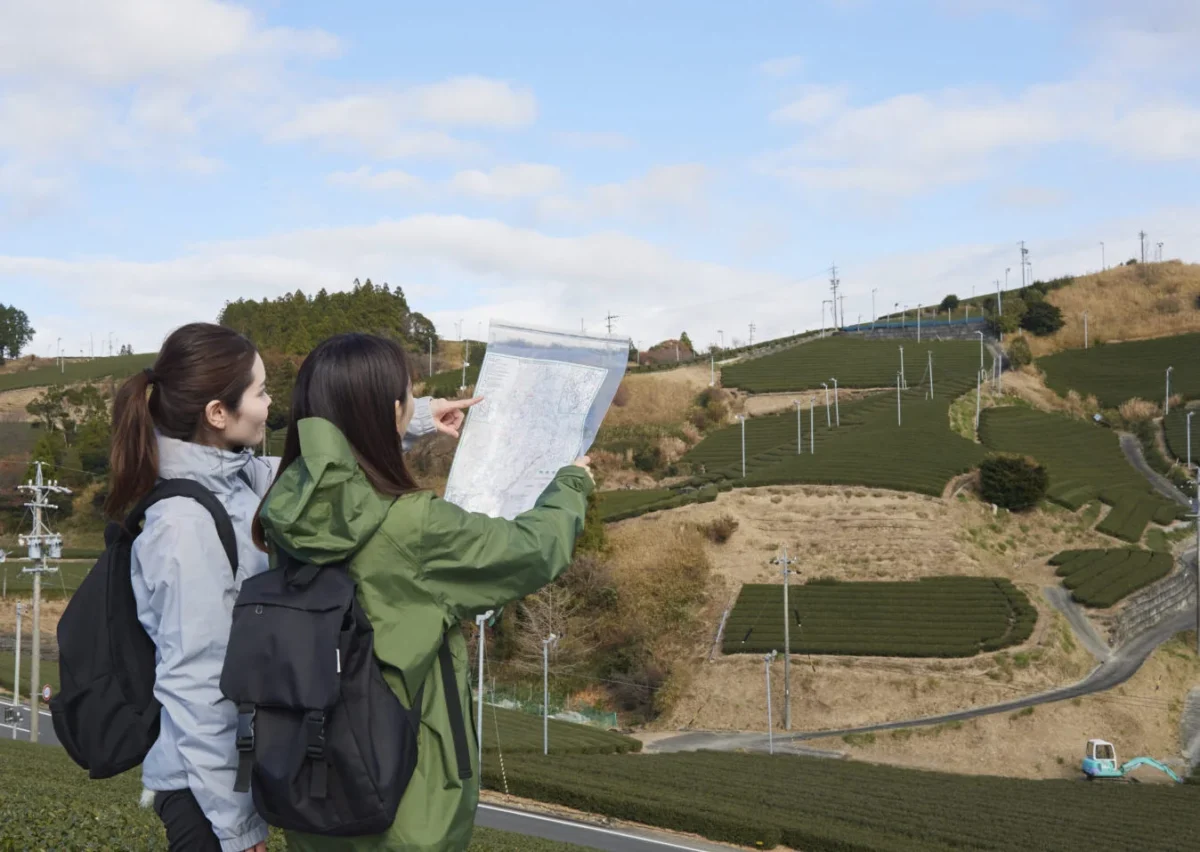
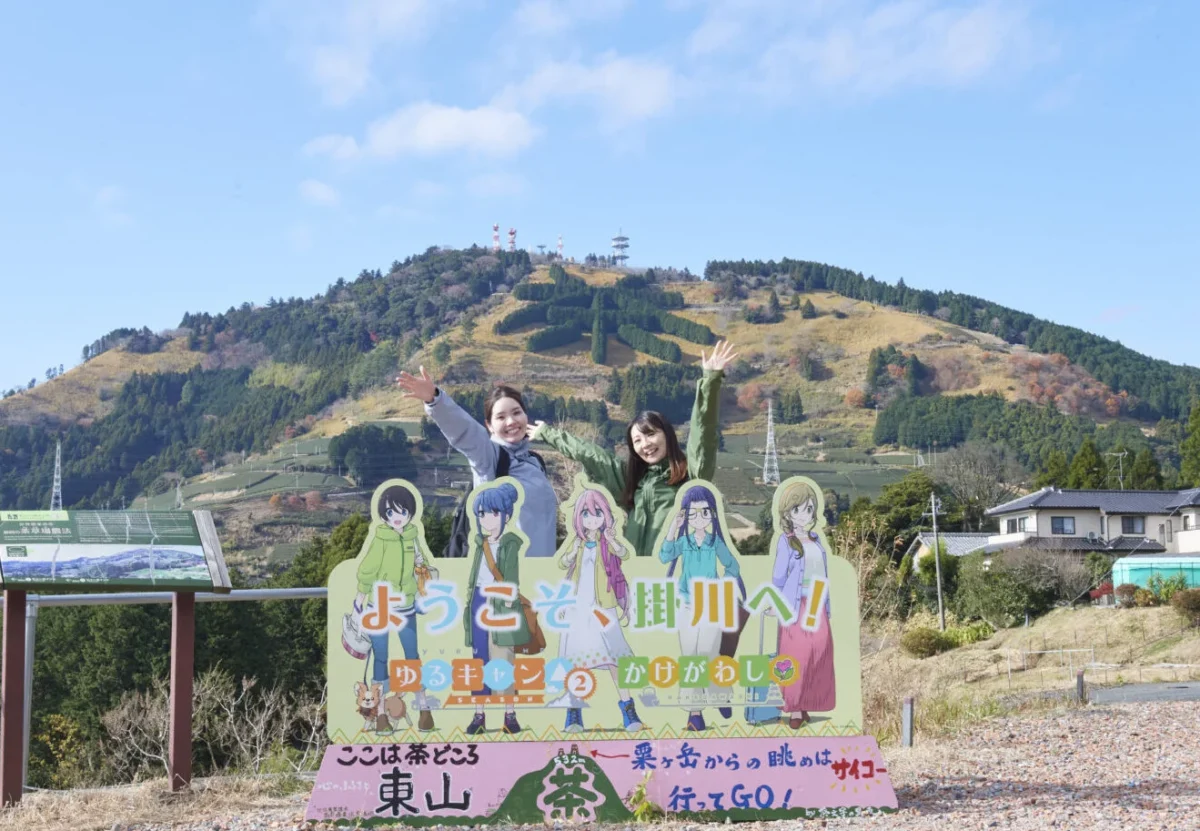

Long-established teahouses that remain in the difficult place “Nakayama Pass” on the Tokaido
EAT, SHOP, and SEE at: Ougiya
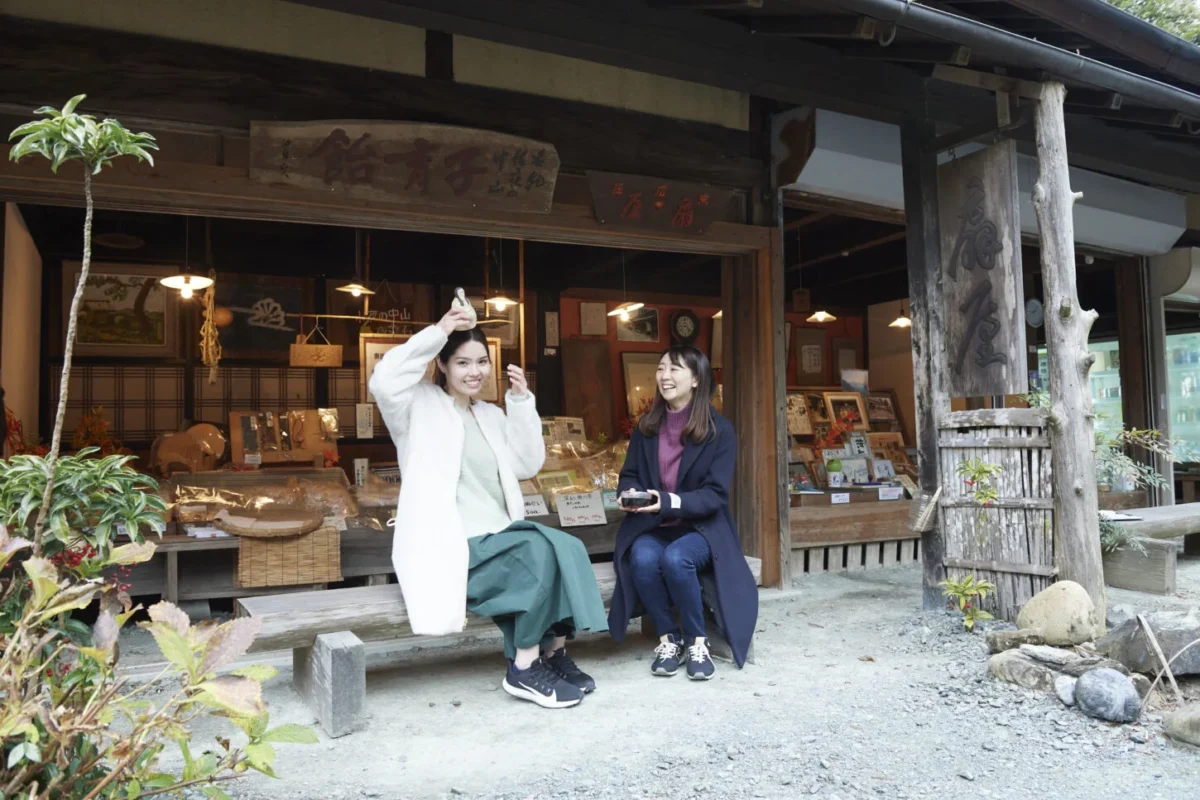
Walking along the Sayono Nakayama Pass is a great opportunity to immerse oneself in history and nature. The pass is surrounded by lush greenery, and the view of the mountains and valleys is breathtaking. The walk takes about two hours and is a relatively easy hike.
One of the highlights of the pass is the monuments of Waka and Haiku, which are inscribed with famous poems about the Nakayama Pass. These monuments serve as a reminder of the long history and culture of the Tokaido.
Another must-visit spot along the pass is Kunobu-ji Temple, which is said to be related to the legend of the Seven Wonders of Enshu At Night. The temple has a serene atmosphere and is a great place to reflect and relax.
After exploring the temple, visitors can stop by Ogiya, a teahouse on the pass that has been in business since the Edo period. Ogiya is famous for its kosodate-ame, a traditional candy made using a unique method that has been passed down for generations. The candy is made with rice flour and sugar and is shaped like a baby bottle or pacifier, symbolizing the wish for children’s health and prosperity. The teahouse also serves other traditional snacks and drinks.
Overall, a walk along Sayono Nakayama Pass is a fantastic way to experience the rich history and culture of the Tokaido while enjoying the natural beauty of the area.

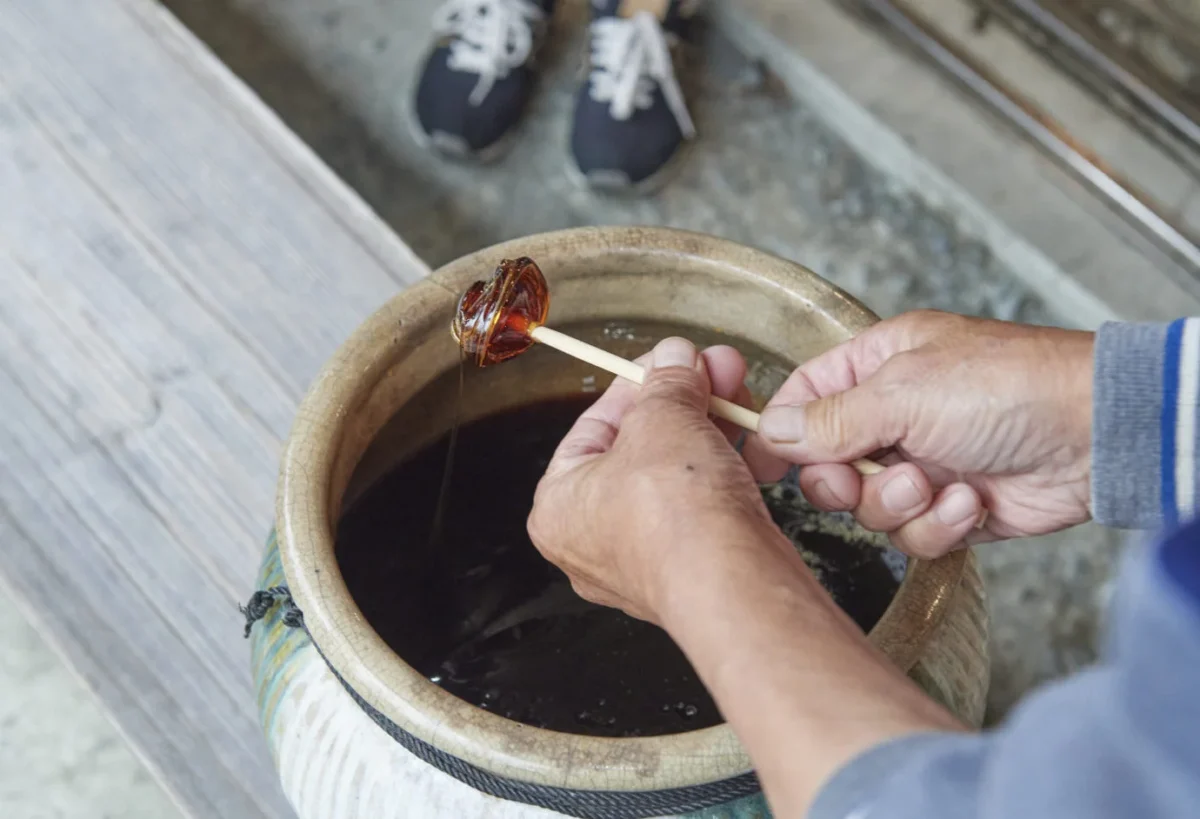
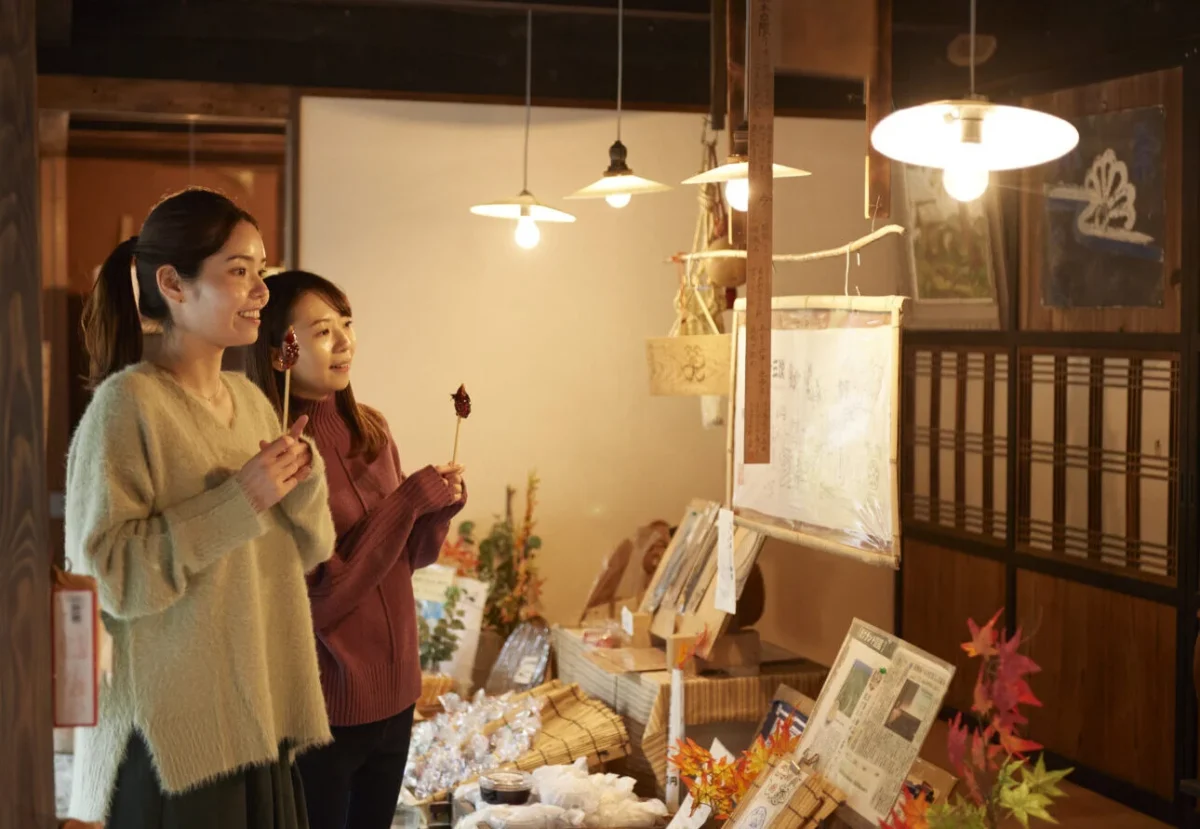

More than sightseeing and less than moving in, in a tea village
STAY at: Tradition Japanese Lodging “Tabinoya”
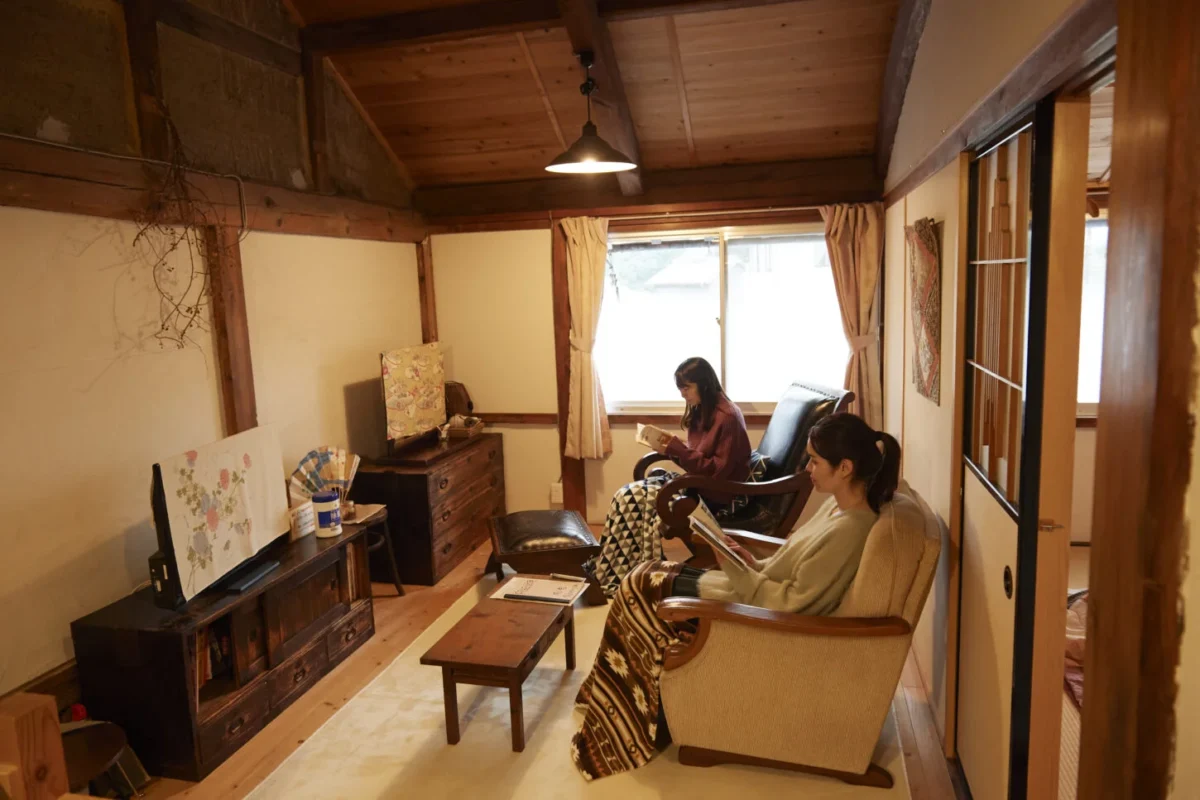
Live slowly at the mountain village inn, “Tabinoya”, which was renovated from an old private house built in 1951. You can choose from meal plans that include owner-recommended experience programs and seasonal limited plans, or accommodations that offer either meal service or whole-house rentals (meal service includes cooking experiences for guests to enjoy).
With the owner recommended Tea Picking experience, you can take a car from Tabinoya and reach the tea plantation within 20 minutes. These tea fields are grown using the “Cha-kusaba” (Grass tea field) method, a registered World Agriculture Heritage practice.
During tea season, you can enjoy unique food experiences made with freshly picked tea leaves, such as tempura and mixed dishes. You’ll have a chance to experience the culture and lifestyle rooted in the rural mountains, and it will be a nostalgic memory for adults and a new experience for young children.

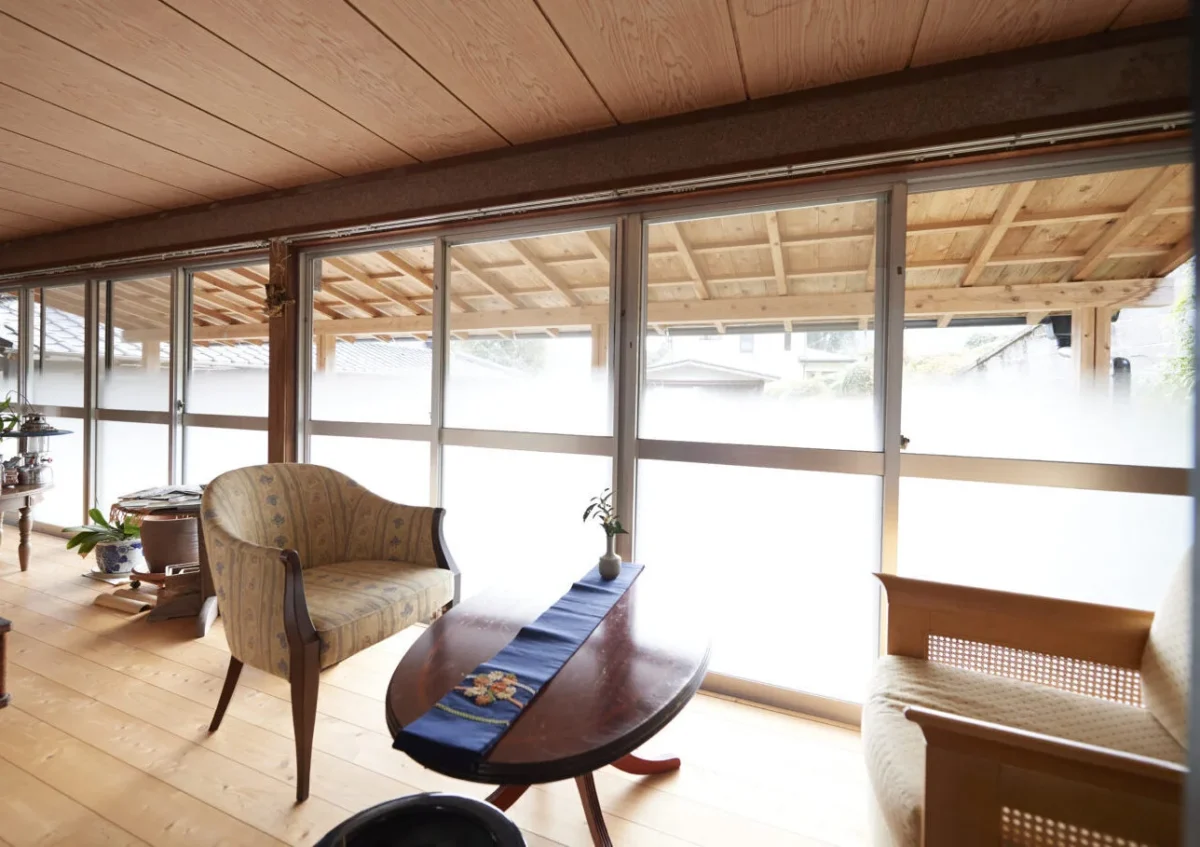
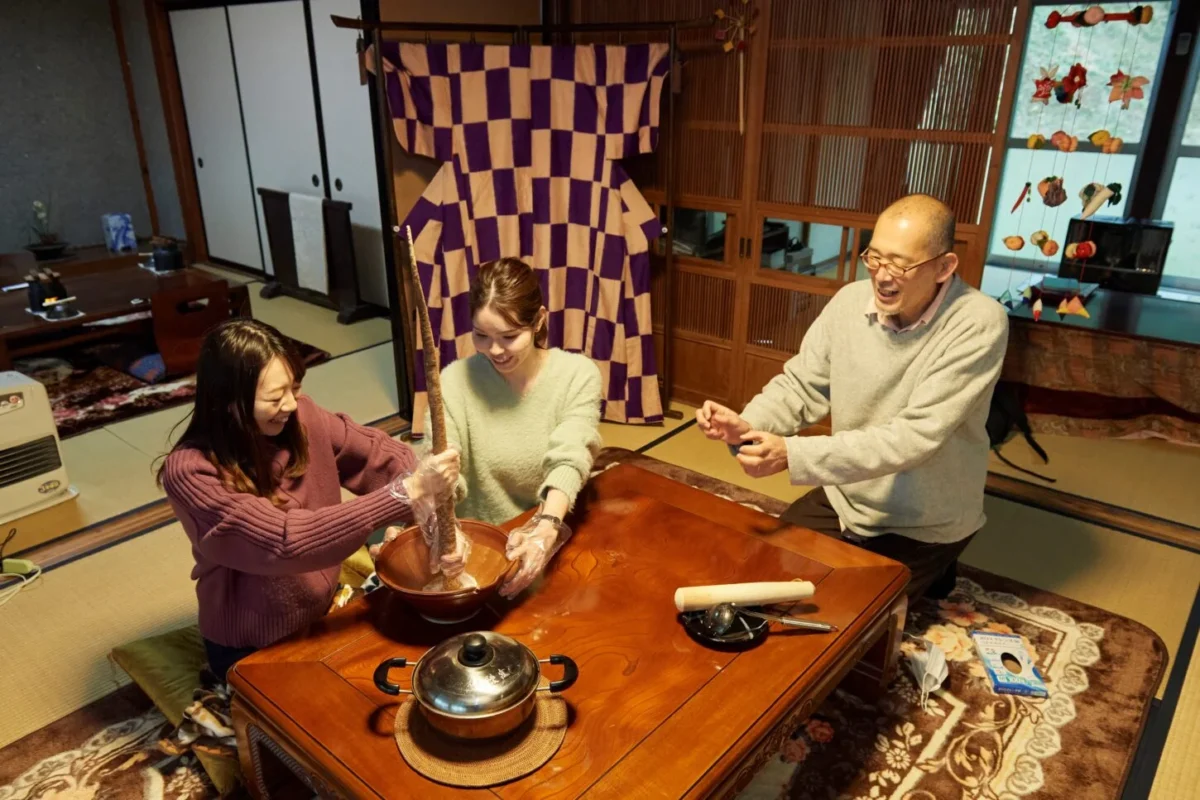

The goal the “TEA” letter, and get rewarded with a beautiful view and a delicious cup of tea
SEE: Awaga Dake
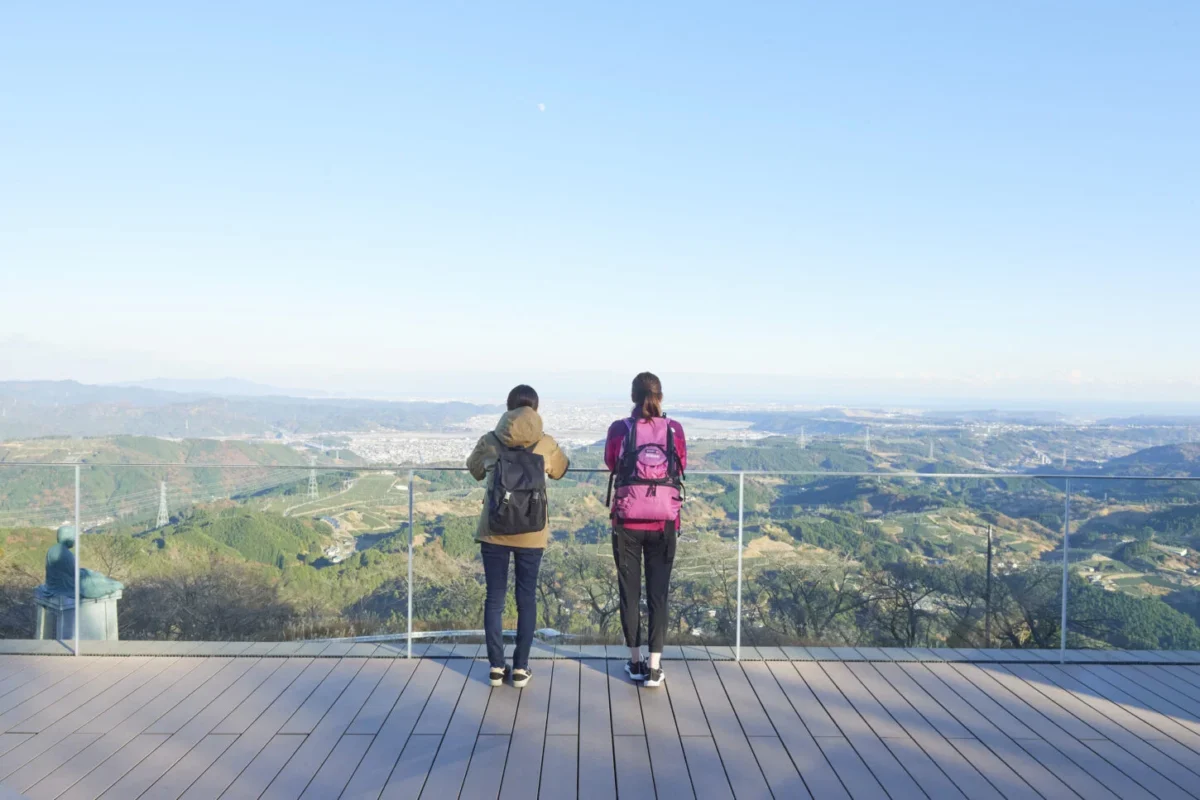
It takes about one hour to reach the summit. At an elevation of 532 meters, the Awagatake is a low mountain located in the Higashiyama area of Kakegawa City, known for its giant “TEA” character symbol. One of the charms that make people say, “No matter how many times you climb it, you’ll want to go again” is the beautiful scenery of the World Agricultural Heritage “Shizuoka’s Cha-kusaba method” which can be seen at the Terrace. After walking through a group of giant rocks covered in moss, illuminated by the sunlight filtering through the trees, we can see the summit is near. After paying a visit to the “Awawagyu Shrine,” we head to the “Kapposhi Terrace.” As if to reward the people who have walked through the mountains, a magnificent view overlooking the majestic Pacific Ocean can be seen. Then, we enjoy a relaxing time with a meal made from Kakegawa tea and local ingredients at the attached café.


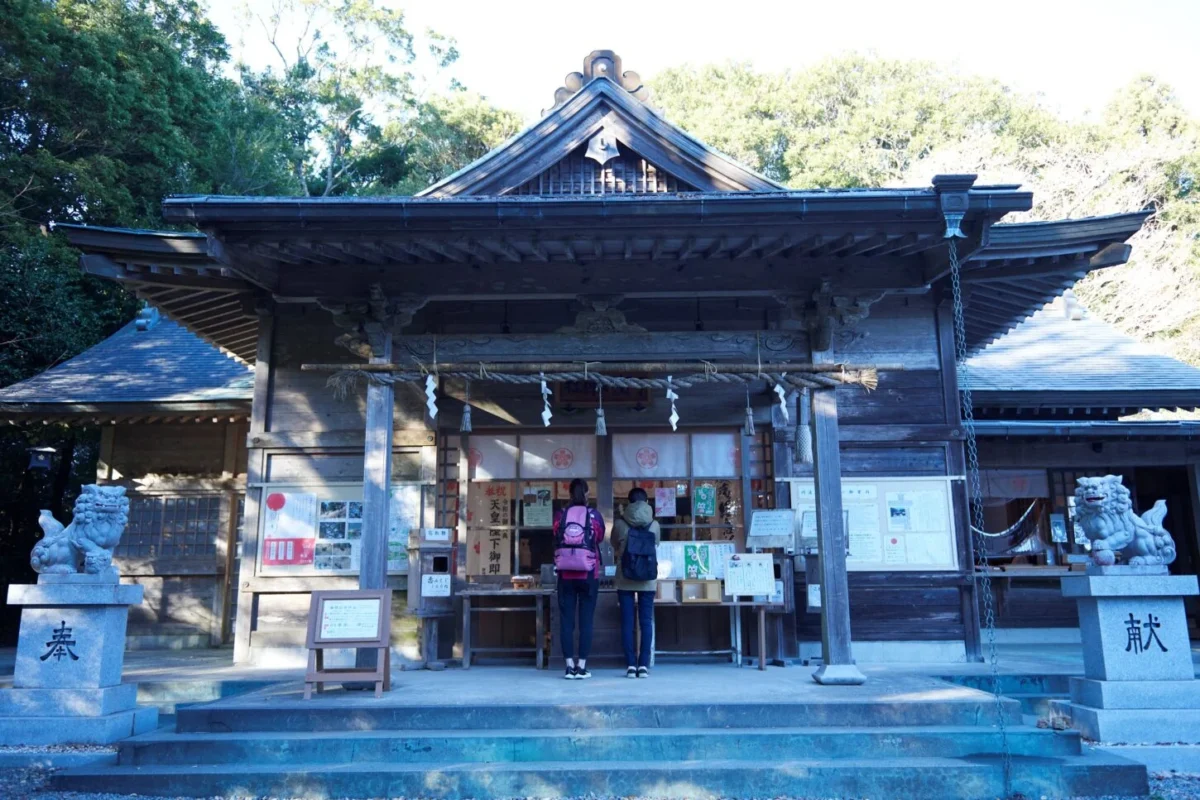


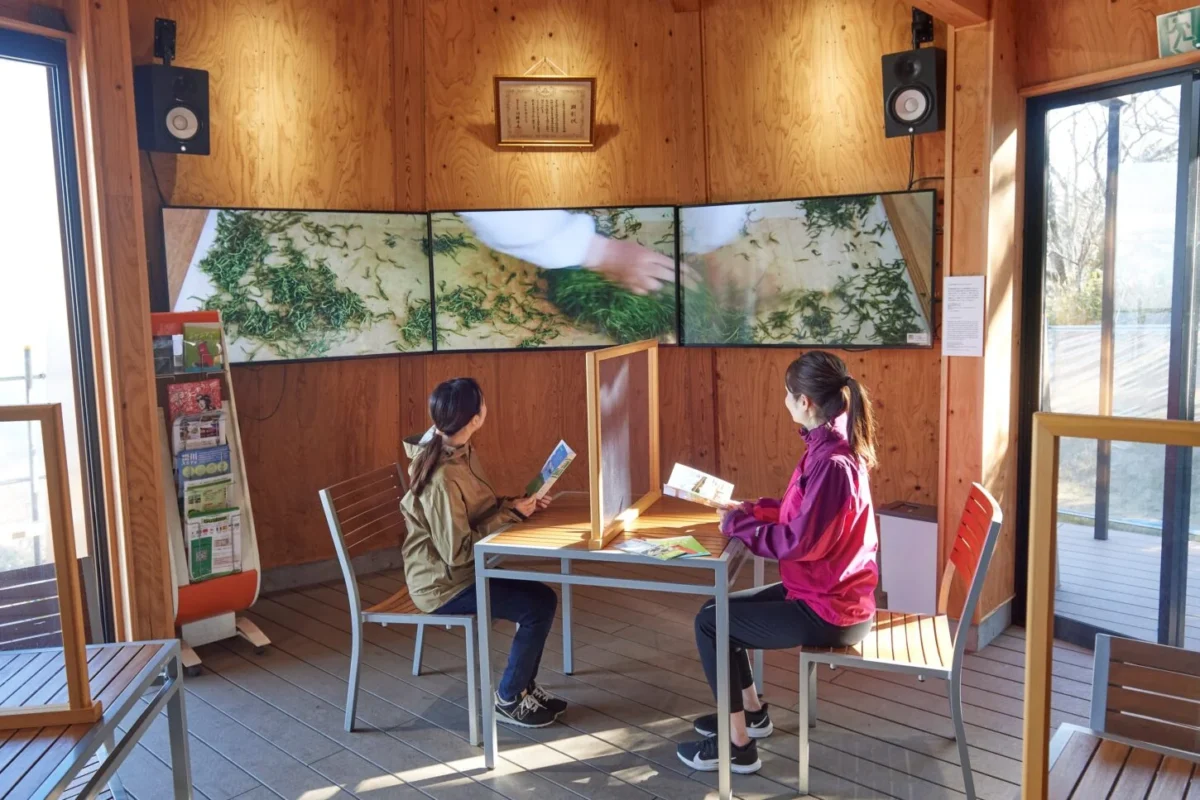
Start & finish point of Awagatake trekking
Take a REST at: Higashiyama Ippuku-dokoro
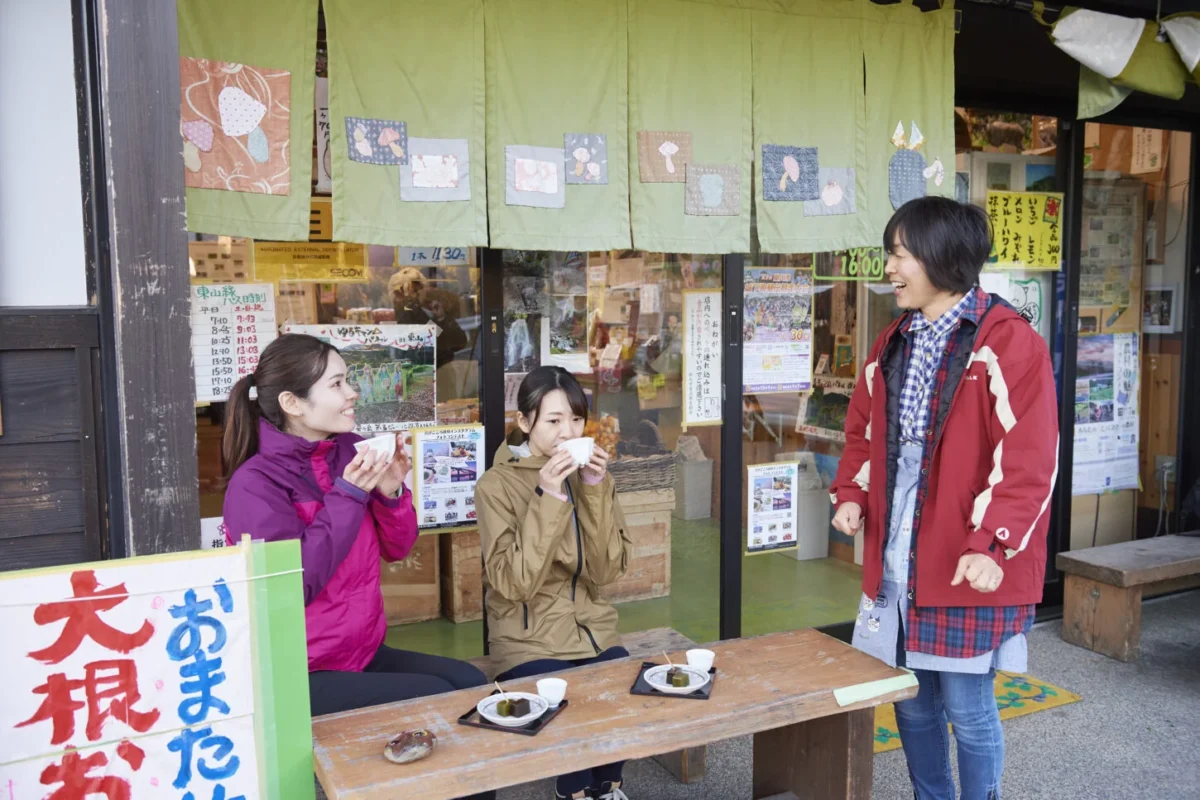
This rest area is located at the trailhead of Mt. Awagatake, and on weekends is often bustling with hiker and cycler.
It is also the departure and return point of trekking to enjoy nature while strolling in the mountains.
It also houses a tea shop run by local tea farmers, providing information on Higashiyama tea, seasonal highlights of Awagatake, and guidance on nearby attractions. The “Fukamushi-cha” (deep steamed green tea) of Kakegawa is well-known, with its deep taste and a rich natural sweetness. Inside the shop, visitors can find those Kakegawa tea made from the “Shizuoka tea-grass field farming method” along with other agricultural products and handmade processed goods.
Please enjoy a pleasant time with friendly shop assistants while sipping on delicious tea.
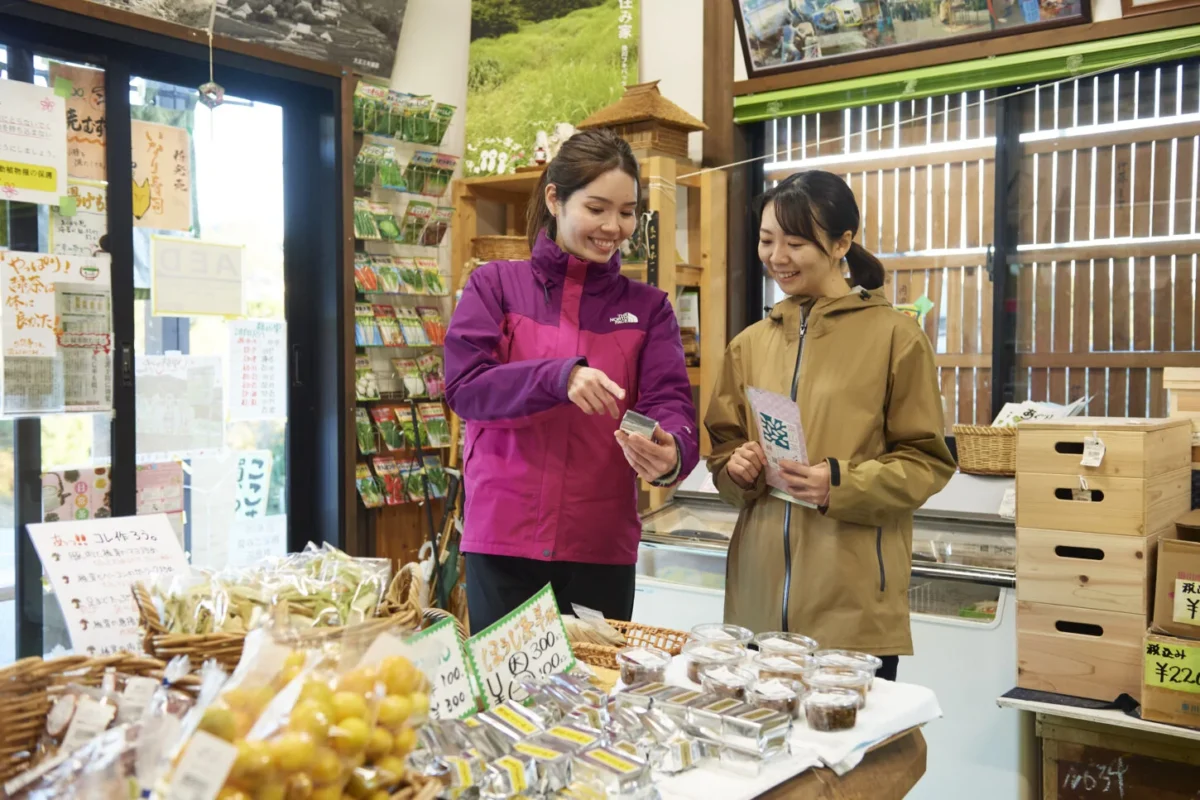

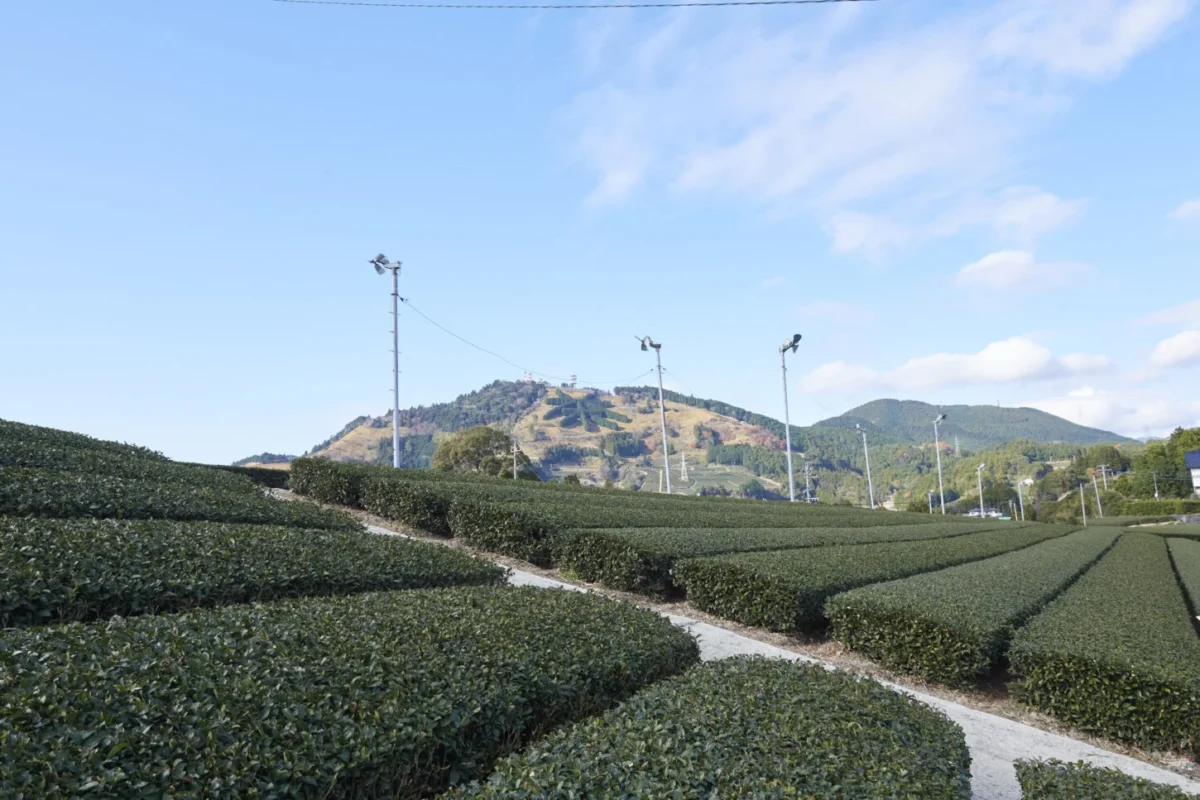
Kakegawa Mount Awagatake Farm Stay Promotion Council
Tel: 0537-28-0082
